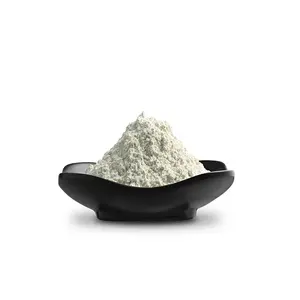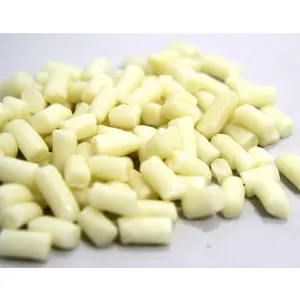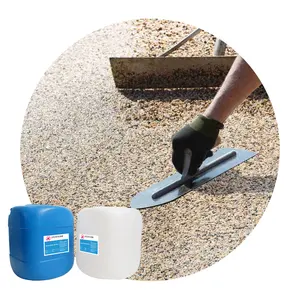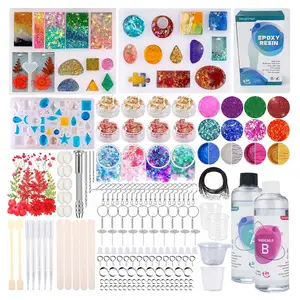Popular in your industry



























































Related Searches:





































































































































Top categories
About graphite conductive paint
Graphite conductive paint is a bespoke coating solution engineered to bestow electrical conductivity upon a myriad of substrates. This avant-garde concoction is adept at forging a conductive veneer on surfaces in need of electrical connection, all the while preserving the foundational material's integrity and robustness. Spanning a gamut of uses, from domestic appliance finishes to marine paints, this adaptable substance plays a pivotal role in a host of industrial endeavors.
Types and Characteristics of Graphite Conductive Paint
Market offerings of graphite conductive paint are diverse, each crafted to meet distinct application needs and performance benchmarks. Some variants are engineered to endure high-temperature settings, withstanding temperatures as high as 500 degrees Celsius, thus suiting them for manufacturing processes involving intense heat. Others are concocted to resist corrosion, ideal for maritime and outdoor uses where severe weather exposure is a factor. Additionally, specific formulations are enhanced for plastic and rubber applications, delivering not just conductivity but also pliability, essential for materials subject to ongoing flexure or strain.
Structure and Operation of Graphite Conductive Paint
The composition of graphite conductive paint is a sophisticated blend, featuring graphite particles ensconced in a binder matrix. This matrix may comprise various resins that dictate the paint's adhesion and longevity traits. The graphite particles are integral to the paint's conductive capabilities, and their even spread within the mixture is vital for uniform electrical performance. Upon application, the solvent dissipates, leaving a dense layer of graphite that facilitates unimpeded electron flow across the coat.
Materials and Properties
The constituents of graphite conductive paint are selected for their conductive potential while upholding the physical characteristics necessary for the paint's intended application. Graphite, known for its superior electrical conductivity and chemical inertness, serves as the primary conductive agent. The choice of resins in the paint is influenced by the required finish, resilience, and environmental resistance. Epoxy resins, for instance, are frequently chosen for their robust adhesive qualities and their resistance to chemicals and heat, rendering them an exemplary selection for industrial uses.
Business Usages and Applications
Graphite conductive paint spans a wide array of commercial applications across different sectors. In electronics, it is utilized to forge conductive paths on circuit boards or to shield components from electromagnetic disturbances. The automotive industry employs it for grounding or ensuring electromagnetic compatibility in parts. In aerospace, the paint is used for static dissipation on aircraft exteriors. Each application not only bolsters the product's functionality but also augments safety and durability, thereby delivering substantial commercial value.
Functions of Graphite Conductive Paint
The principal role of graphite conductive paint is to impart electrical conductivity to non-conductive base materials. This enables the formation of circuits or grounding routes where conventional methods may be impractical. Moreover, it acts as a protective layer, thwarting static accumulation and diminishing the peril of electrical discharges in delicate settings.
Features of Graphite Conductive Paint
Graphite conductive paint is distinguished by its singular attributes that differentiate it from other conductive mediums. Its fluid state permits straightforward application on intricate geometries and textures, a task that would pose challenges with solid conductors. Post-drying flexibility is another salient trait, as it preserves conductivity even on bendable surfaces. Additionally, its compatibility with an extensive array of materials renders it a multifaceted solution for myriad industrial requirements.
Benefits of Graphite Conductive Paint
Employing graphite conductive paint brings a host of advantages. It streamlines the creation of conductive paths, curtailing the need for elaborate and expensive manufacturing methods. The paint's endurance against extreme temperatures and corrosive settings prolongs the lifespan of coated items, leading to lower maintenance expenditures and operational interruptions. Its ease of application also facilitates swift repairs and alterations, endowing businesses with operational agility and efficiency.
How to Use and Maintain Graphite Conductive Paint
To harness the full potential of graphite conductive paint, surfaces must be pristine and devoid of impurities. Application techniques include brushing, scraping, or screen printing, tailored to the desired coat thickness and precision. Post-application, it is imperative to let the paint dry thoroughly to achieve optimal conductivity. Maintenance entails periodic checks for coating damage and reapplication as needed to preserve conductive properties.
How to Choose the Right Graphite Conductive Paint
Choosing the appropriate graphite conductive paint hinges on the specific demands of the task at hand. Factors to consider encompass the operational milieu, substrate type, and requisite electrical characteristics. Engaging with manufacturers on Alibaba.com can yield tailored advice based on the intended application and performance specifications.
How to Clean and Install Graphite Conductive Paint
Ensuring cleanliness of surfaces prior to the application of graphite conductive paint is essential for optimal adhesion. Employ suitable solvents to eradicate any greasy films or residues, and verify that the surface is thoroughly dry. Installation, or application, should adhere strictly to the manufacturer's guidelines, paying heed to the advised layer thickness and curing durations to secure the desired conductive outcome.
What are the safety considerations when using graphite conductive paint?
In the application of graphite conductive paint, safety is of utmost importance. Protective attire, sufficient ventilation, and cognizance of the paint's chemical characteristics, including its Einecs and Cas numbers, are crucial for responsible and secure handling.
How does graphite conductive paint compare to other conductive materials?
Graphite conductive paint excels among conductive options for its straightforward application, adaptability, and cost-efficiency. In contrast to more cumbersome conductive materials, this paint can be applied seamlessly to diverse surfaces without substantial modifications, establishing it as a preferred choice for enterprises in pursuit of practical conductivity solutions.
Can graphite conductive paint be customized for specific industrial needs?
Indeed, graphite conductive paint can be customized to align with particular industrial prerequisites. Manufacturers on Alibaba.com offer bespoke options regarding viscosity, conductivity levels, and drying periods to accommodate the distinct demands of various sectors and applications.






















































